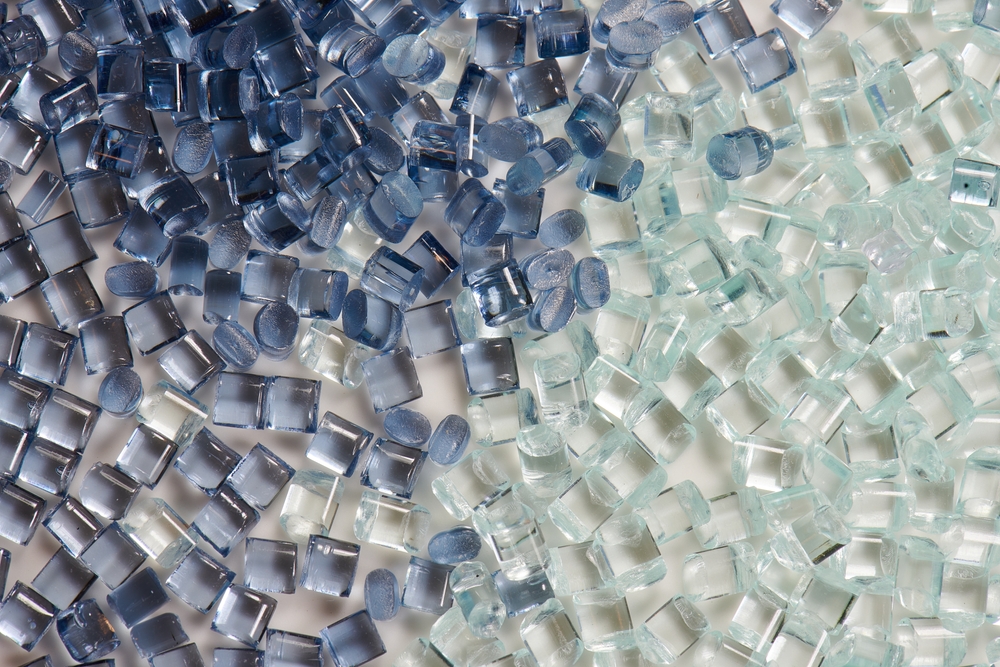What Are the Key Properties of Polymers That Make Them Versatile?

In the dynamic world of material science, polymers stand out for their versatility and extensive range of applications. From everyday household items to advanced industrial uses, polymers play a vital role in our lives. As a polymer supplier in Pakistan, understanding the key properties that make polymers so versatile can help you cater to diverse market needs and stay ahead in the competitive landscape.
What Are Polymers and How Are They Classified?
Polymers are large molecules composed of repeating structural units called monomers. They can be classified into various categories based on their origin, structure, and properties.
Natural vs. Synthetic Polymers
- Natural Polymers: Natural polymers, such as cellulose and proteins, occur in nature and are derived from renewable resources. They exhibit properties like biodegradability and biocompatibility, making them suitable for applications in food packaging, textiles, and biomedical fields.
- Synthetic Polymers: Synthetic polymers, like polyethylene and polystyrene, are artificially synthesized through chemical processes. They offer versatility, durability, and tailored properties, making them indispensable in industries ranging from packaging and construction to electronics and automotive.
Thermoplastics vs. Thermosetting Polymers
- Thermoplastics: Thermoplastics can be melted and reshaped multiple times upon heating. They retain their properties after cooling, allowing for recycling and reprocessing. Common thermoplastics include polyethylene (PE), polypropylene (PP), and polyvinyl chloride (PVC).
- Thermosetting Polymers: Thermosetting polymers harden permanently after being molded once, due to irreversible chemical cross-linking during curing. They exhibit high heat resistance and dimensional stability, making them suitable for applications such as composites, electrical insulation, and automotive parts.
Addition vs. Condensation Polymers
- Addition Polymers: Addition polymers form through the polymerization of monomers without the production of by-products. Examples include polyethylene and polypropylene. They are synthesized by adding monomers like ethylene or propylene together in a chain reaction.
- Condensation Polymers: Condensation polymers result from a reaction where small molecules, such as water or alcohol, are eliminated during polymerization. Examples include nylon and polyester. This process involves the condensation of monomers with the release of a by-product, forming longer polymer chains.
What Are the Mechanical Properties of Polymers?
The mechanical properties of polymers are crucial in determining their suitability for various applications. Here are some key mechanical properties.
- Tensile Strength: The ability of a polymer to withstand pulling forces without breaking. High tensile strength is essential for applications like packaging and construction.
- Elasticity: The ability of a polymer to return to its original shape after deformation. Elastic polymers are used in products like rubber bands and medical devices.
- Impact Resistance: The ability to absorb energy and resist breaking under sudden force. Polymers with high impact resistance are used in safety equipment and automotive parts.
How Do Thermal Properties Affect Polymer Performance?
Thermal properties determine how polymers respond to temperature changes, influencing their performance and stability in various environments.
- Melting Point: The temperature at which a polymer transitions from solid to liquid. Polymers with high melting points are suitable for high-temperature applications.
- Glass Transition Temperature (Tg): The temperature range where a polymer transitions from a hard, glassy state to a soft, rubbery state. Understanding Tg helps in selecting polymers for specific temperature conditions.
- Thermal Conductivity: The ability to conduct heat. Polymers with low thermal conductivity are used as insulators in electronics and construction.
What Are the Chemical Properties of Polymers?
Chemical properties influence a polymer’s resistance to chemicals, solvents, and environmental factors.
- Chemical Resistance: The ability to withstand exposure to chemicals without degrading. Polymers with high chemical resistance are used in containers and piping systems.
- Solubility: The extent to which a polymer can dissolve in a solvent. This property is important in applications like coatings and adhesives.
- Flammability: The tendency to catch fire. Flame-retardant polymers are crucial for safety in construction and transportation.
How Do Electrical Properties Make Polymers Versatile?
Polymers exhibit a range of electrical properties that make them suitable for electrical and electronic applications.
- Dielectric Strength: The ability to withstand electrical stress without breaking down. Polymers with high dielectric strength are used in insulation and capacitors.
- Conductivity: Some polymers can conduct electricity, known as conductive polymers. These are used in applications like flexible electronics and antistatic materials.
- Resistivity: The resistance to the flow of electric current. Insulating polymers are used in electrical wiring and electronic components.
What Role Do Optical Properties Play in Polymer Applications?
Optical properties determine how polymers interact with light, impacting their use in optical and aesthetic applications.
- Transparency: The ability to transmit light without scattering. Transparent polymers are used in lenses, displays, and packaging.
- Opacity: The ability to block light. Opaque polymers are used in protective coverings and housings.
- Refractive Index: The measure of how light bends as it passes through a polymer. This property is important for optical devices and coatings.
How Do Environmental Properties Influence Polymer Selection?
Environmental properties such as biodegradability and weather resistance affect the long-term performance and sustainability of polymers.
- Biodegradability: The ability to break down naturally by microorganisms. Biodegradable polymers are used in eco-friendly packaging and disposable products.
- UV Resistance: The ability to withstand degradation from ultraviolet (UV) light. UV-resistant polymers are used in outdoor applications and coatings.
- Weather Resistance: The ability to endure environmental factors like moisture, temperature changes, and pollutants. Weather-resistant polymers are used in construction and automotive parts.
How Can Polymers Be Modified to Enhance Their Properties?
Polymers can be modified through various methods to enhance their properties and tailor them for specific applications.
- Additives: Adding substances like plasticizers, stabilizers, and fillers to improve flexibility, durability, and other properties.
- Copolymerization: Combining two or more different monomers to create copolymers with unique properties.
- Crosslinking: Creating chemical bonds between polymer chains to enhance strength and stability.
What Are Some Common Applications of Polymers in Various Industries?
Polymers are used in a wide range of industries due to their versatile properties. Here are some common applications.
- Packaging: Polymers like polyethylene and polypropylene are used in packaging materials due to their flexibility and durability.
- Automotive: Polymers are used in car parts, interiors, and exteriors for their lightweight and impact resistance.
- Electronics: Polymers are used in insulating materials, connectors, and circuit boards for their electrical properties.
- Construction: Polymers like PVC and PTFE are used in pipes, fittings, and coatings for their chemical and weather resistance.
- Medical: Biocompatible polymers are used in medical devices, implants, and drug delivery systems.
Long Story Short: Embracing the Versatility of Polymers
In summary, the key properties of polymers—mechanical, thermal, chemical, electrical, optical, and environmental—make them incredibly versatile and valuable in various industries. As a leading polymer supplier in Pakistan, understanding these properties allows you to offer tailored solutions that meet the diverse needs of your customers. By embracing the versatility of polymers, you can contribute to innovative and sustainable applications, driving progress and efficiency in the chemical and material science sectors.
For more information on high-quality polymers and chemical supplies, connect with top-tier polymer and chemical suppliers in Pakistan, and discover how these versatile materials can elevate your products and processes.
Visit here for more informative blogs



